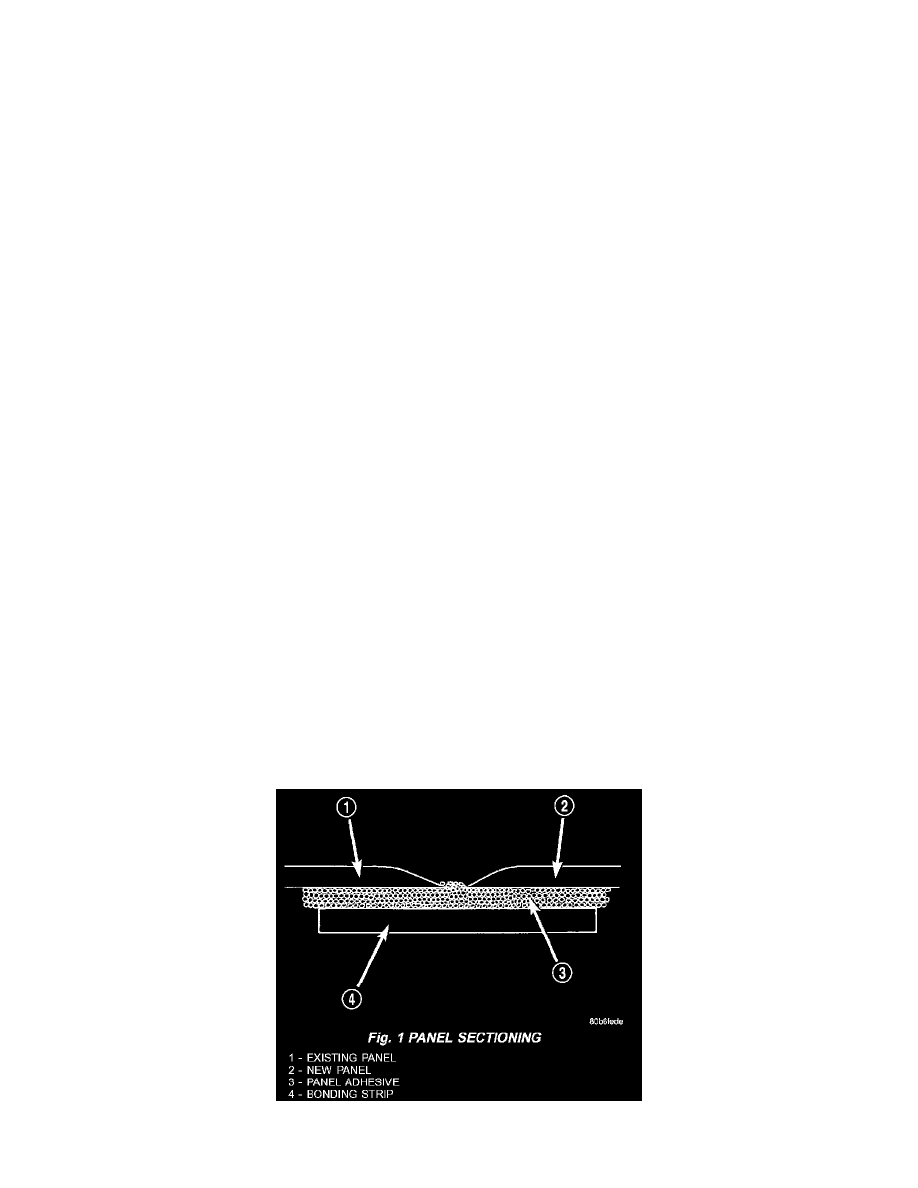Stratus Sedan V6-2.7L (2001)

Trim Panel: Procedures
Heat Staking
STANDARD PROCEDURE - HEAT STAKING
1. Remove trim panel.
2. Bend or move the trim panel components at the heat staked joints. Observe the heat staked locations and/or component seams for looseness.
3. Heat stake the components.
a. If the heat staked or component seam location is loose, hold the two components tightly together and using a soldering gun with a flat tip, melt
the material securing the components together. Do not over heat the affected area, damage to the exterior of the trim panel may occur.
b. If the heat staked material is broken or missing, use a hot glue gun to apply new material to the area to be repaired. The panels that are being
heat staked must be held together while the applying the glue. Once the new material is in place, it may be necessary to use a soldering gun to
melt the newly applied material. Do not over heat the affected area, damage to the exterior of the trim panel may occur.
4. Allow the repaired area to cool and verify the repair.
5. Install trim panel.
Plastic Body Panel Repair
PLASTIC BODY PANEL REPAIR
There are many different types of plastics used in today's automotive environment. We group plastics in three different categories: Rigid, Semi-Rigid,
and Flexible. Any of these plastics may require the use of an adhesion promoter for repair. These types of plastic are used extensively on
DaimlerChrysler Motors vehicles. Always follow repair material manufacturer's plastic identification and repair procedures.
Rigid Plastics:
Examples of rigid plastic use: Fascias, Hoods, Doors, and other Body Panels, which include SMC, ABS, and Polycarbonates.
Semi-Rigid Plastics:
Examples of semi-rigid plastic use: Interior Panels, Under Hood Panels, and other Body Trim Panels.
Flexible Plastics:
Examples of flexible plastic use: Fascias, Body Moldings, and upper and lower Fascia Covers.
Repair Procedure:
The repair procedure for all three categories of plastics is basically the same. The one difference is the material used for the repair. The materials must be
specific for each substrate, rigid repair material for rigid plastic repair, semi-rigid repair material for semi-rigid plastic repair and flexible repair material
for flexible plastic repair.
Adhesion Promoter / Surface Modifier:
Adhesion Promoters/Surface Modifiers are required for certain plastics. All three categories may have plastics that require the use of adhesion promoter/
surface modifiers. Always follow repair material manufacturer's plastic identification and repair procedures.
PANEL SECTIONING
Fig. 1
